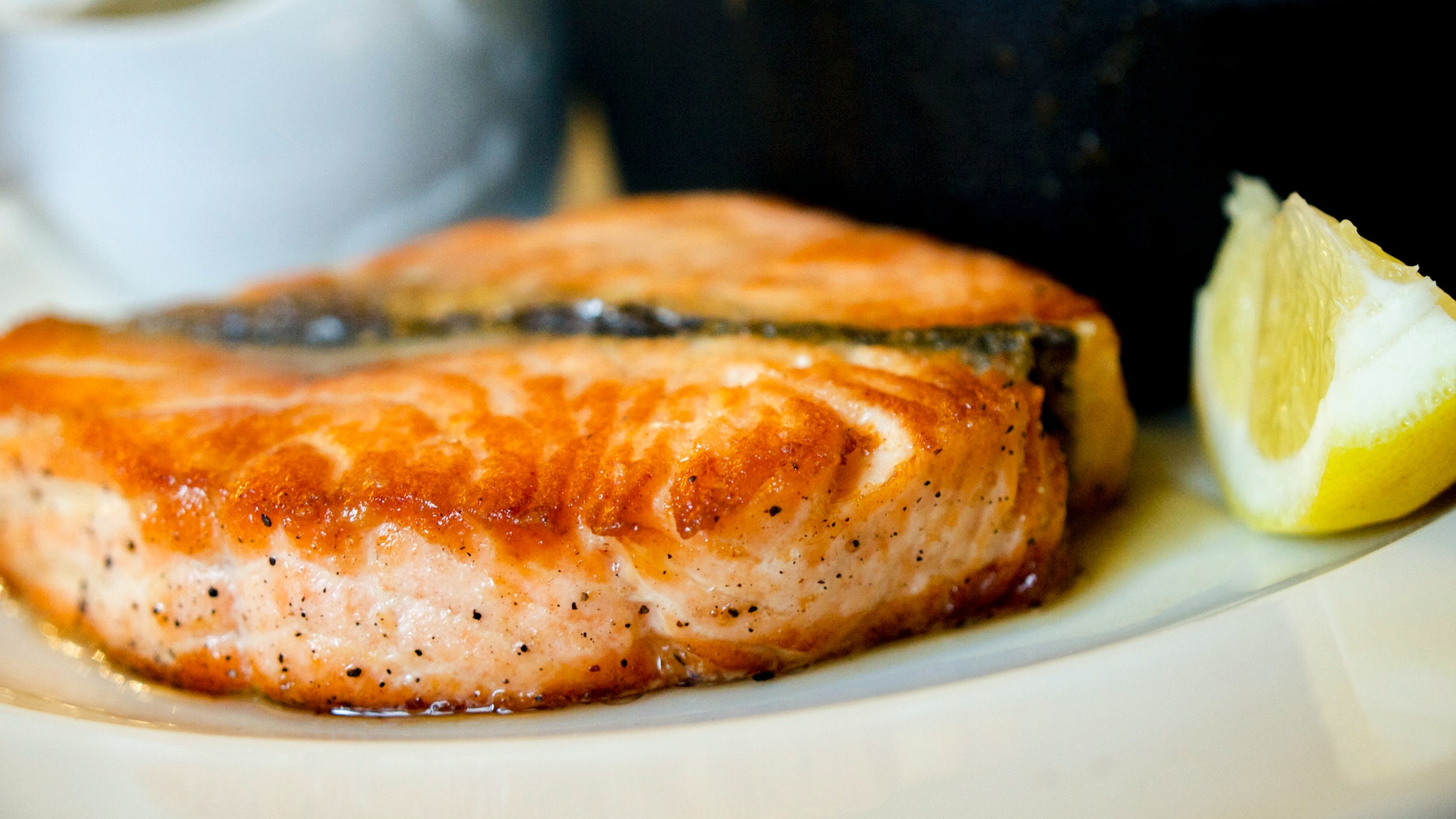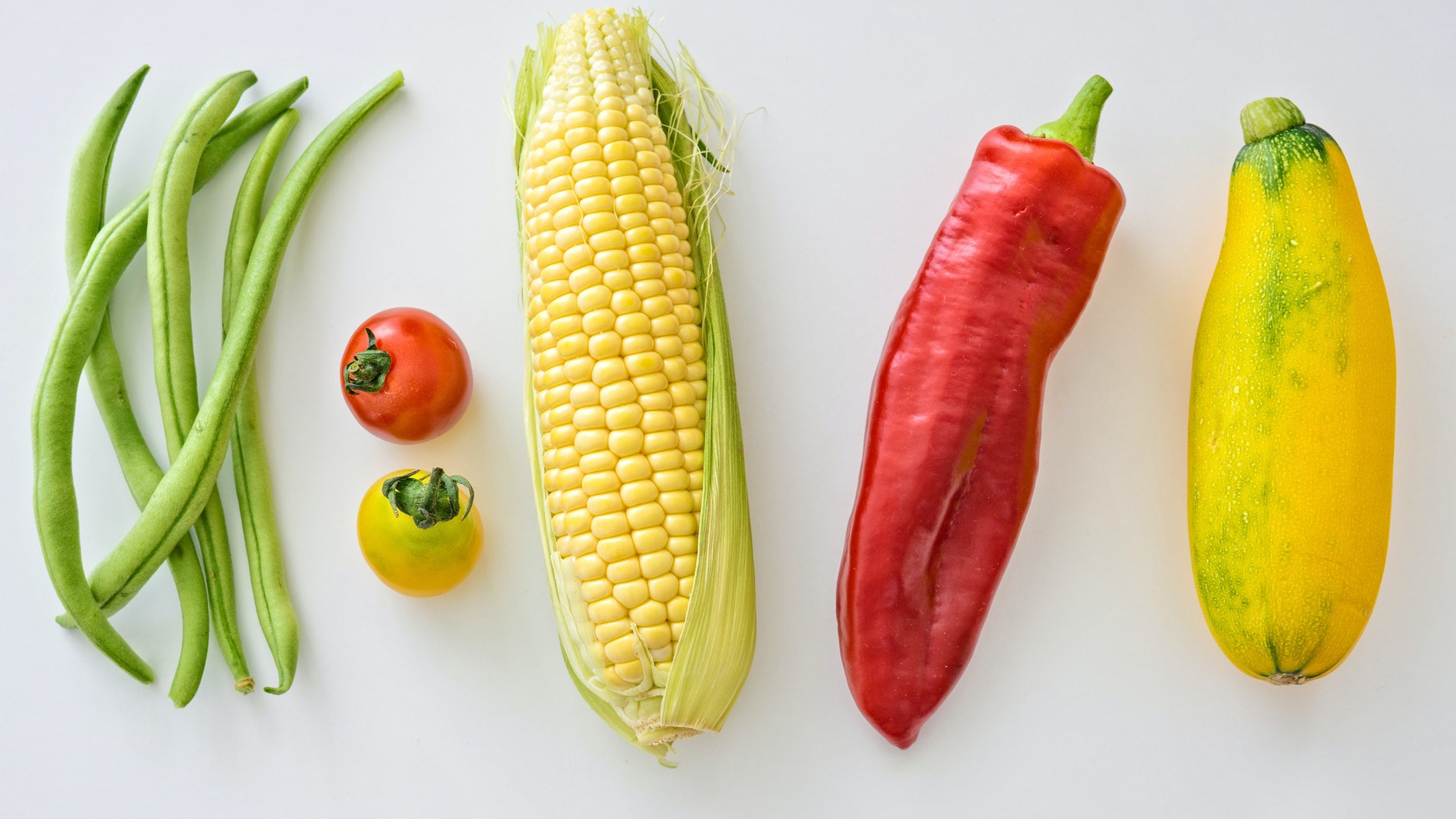As with many diets that quickly become popular, the alkaline diet became trendy when it was “promoted” by Hollywood celebrities. Some experts, mostly proponents of a vegetarian diet, have also made claims as to the many health benefits of following the alkaline diet. The diet is based on the theory that changing the body’s pH level and making it more alkaline by eating more alkaline foods can help prevent and treat certain diseases and improve overall health.
Read on to find out more about how the alkaline diet works.
Source: sciencenewsforstudents.org
What is the Alkaline Diet?
According to the proponents of the alkaline diet, you can change the pH value of your body by changing your diet.
The body’s pH value is its measure of acidity or alkalinity and ranges from zero to 14. The neutral pH level is 7; anything below 7 is acidic and above it is alkaline. Your stomach, for example, maintains pH levels between 1.5 to 3.5, as it contains gastric acid for digestion. Human blood, on the other hand, is always slightly alkaline, with a pH level between 7.36 and 7.44.
Food metabolism leaves behind metabolic waste, which is then excreted by the body mostly through urine. Depending on the foods you eat, metabolic wastes can be acidic, neutral, or alkaline. Also known as the alkaline ash diet, the alkaline diet promotes eating foods that makes the body’s pH less acidic and more alkaline to prevent certain diseases, such as cancer and osteoporosis. Having a diet rich in alkaline foods should “alkalize” your body and lead to an improvement in your health.
What Does the Alkaline Diet Consist Of?
The alkaline diet is based on the pH values of individual foods. Generally speaking, food components that produce acidic metabolic waste include phosphate, protein, and sulfur. If you eat a big piece of steak or drink a lot of alcohol, for example, your urine will be acidic. Food components that produce alkaline metabolic waste include calcium, magnesium, and potassium – all of which are mostly found in fruits and vegetables. There are also neutral foods; these include natural fats, starches, and sugars.
The alkaline diet simply promotes eating mostly alkaline foods, avoiding or limiting the consumption of neutral foods, and staying away from acidic foods.
Below is a list of foods classified for an alkaline diet.
Alkaline foods to include in the diet:
- Fruits
- Unsweetened fruit juices
- Raisins
- Black currants
- Vegetables (especially spinach)
- Potatoes
- Wine
- Mineral soda water
- Soy food
- Legumes
- Seeds
- Nuts
Neutral foods that you should keep to a minimum or avoid:
- Natural fats, such as olive oil, cream, butter, and milk
- Starches, such as grains and root vegetables
- Sugars
Acidic foods you should exclude from your diet:
- Meat, especially high-protein meat such as lean beef, turkey, and veal
- Poultry
- Fish
- Milk
- Cheese especially cottage cheese, Parmesan cheese, reduced-fat cheddar, and hard cheeses
- Yogurt
- Ice cream
- Eggs, especially the egg yolk
- Alcohol
- Soda
- Lentils
- Peanuts and walnuts
- Packaged/processed foods
How Do You Start the Alkaline Diet?
There is no specific Alkaline diet guide aside from simply creating meal plans that mostly include alkaline foods, very little to zero neutral foods, and zero acidic foods. There are alkaline diet recipes and cookbooks available online, or you can simply search for recipes that incorporate alkaline ingredients.
Here’s a practical guide to starting an alkaline diet.
- Include more fruits and vegetables in all your meals.
- Find healthy carbohydrate substitutes, such as cauliflower for rice.
- Gradually decrease your intake of animal protein as you also gradually increase consumption of plant-based proteins.
- You can opt to completely avoid all kinds of meat and go vegetarian; or you can simply limit how much and how often you eat meat.
- Drink more water and avoid soda, fruit juices, and alcoholic beverages as much as possible.
- While it is not an accurate measure of your body’s pH levels because pH levels vary depending on the body part/organ/system, you can monitor the pH of your urine daily. Do a simple litmus paper test first thing in the morning. An acidic urine means your diet is more acidic than alkaline. The normal level is a pH level between 6.5 and 7.5.
Does the Alkaline Diet Work?
Weight loss may be a side effect of the alkaline diet as a result of the food restrictions. But the alkaline diet is mostly designed to prevent and treat certain diseases.
As a healthy diet, the alkaline diet works by encouraging increased consumption of fruits and vegetables and limiting or excluding unhealthy foods. Following the alkaline diet will lead to improved overall health and, therefore, help reduce your risks for certain diseases, including cancer and osteoporosis.
The theory behind the alkaline diet – that you can change the overall pH of your body and make it more alkaline by eating alkaline foods – is not backed by science, however. The claim that certain foods have alkalizing effects and that these effects are responsible for boosting health and preventing and treating certain conditions have also not been definitively proven by any study.
As a diet based on whole foods, the alkaline diet is beneficial to health; but it is still inconclusive whether or not the diet actually has any effect on the body’s pH levels.



